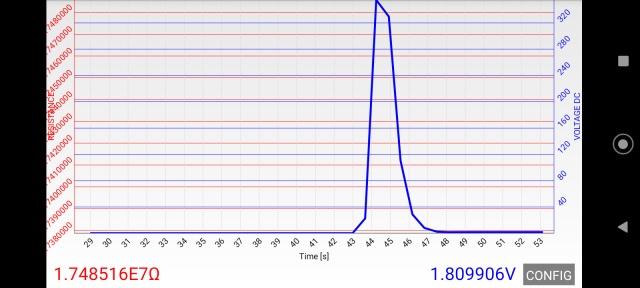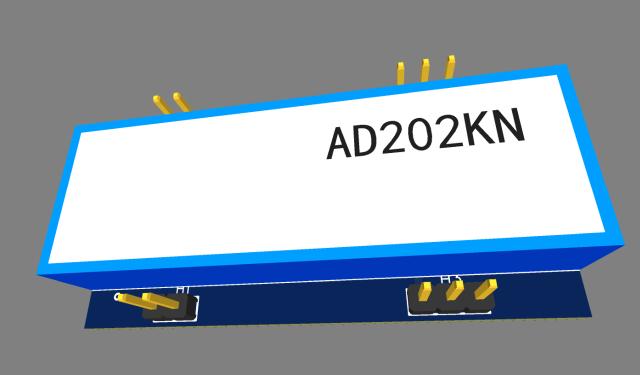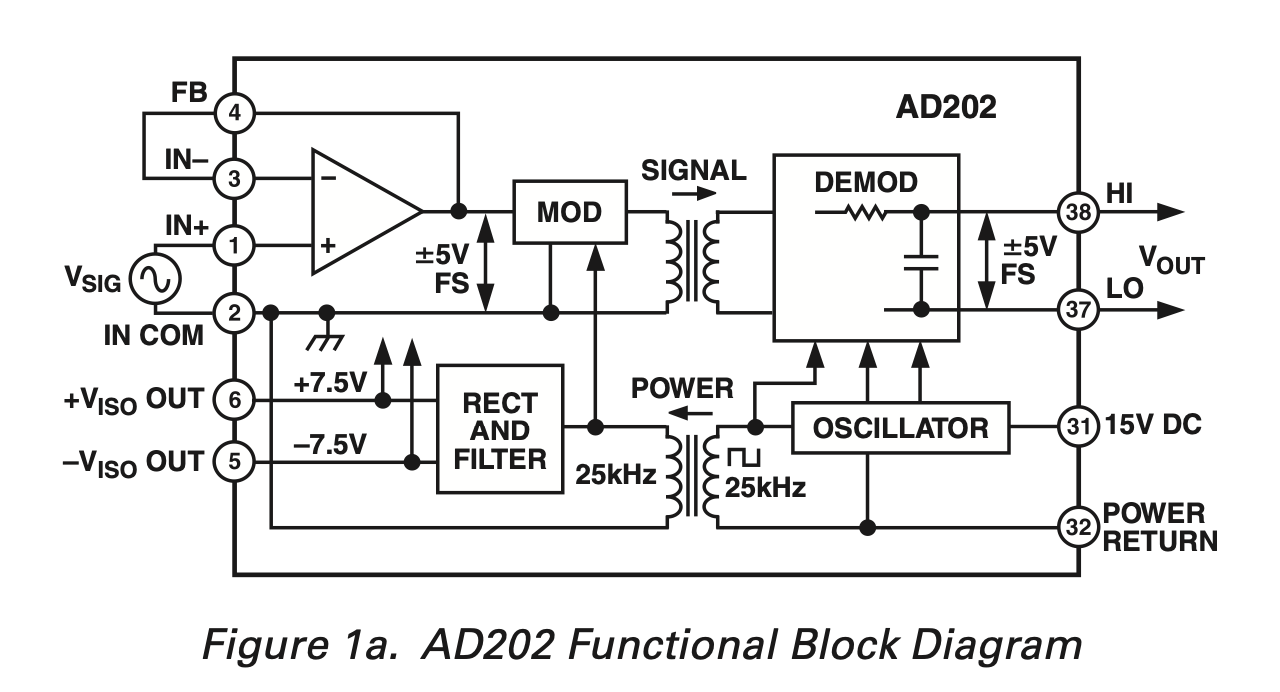That is a good find and a good idea to upgrade the caps to a better technology.
The Ct cap on my hybrid board has a slightly pink tint to it, unlike all the rest which are light or dark brown.
[edit] The Ct cap measures 0603, but it looks like there are solder pads for an 0805.
The Ct cap on my hybrid board has a slightly pink tint to it, unlike all the rest which are light or dark brown.
[edit] The Ct cap measures 0603, but it looks like there are solder pads for an 0805.




































